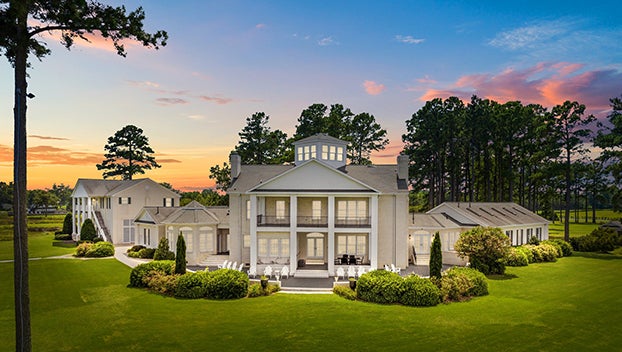Downtown construction booming on the water
Published 5:59 pm Thursday, July 6, 2017

- ON THE WATERFRONT: Moss Landing townhomes’ front gardens make an impression, as does their architecture, designed to complement existing historic district homes. Water Street continues to grow with the townhomes, Moss Landing Harbor Homes, new construction and several houses in various stages of rehabilitation. (Vail Stewart Rumley/Daily News)
Take a stroll down Water Street in the midday of midweek, and it might not be such a peaceful prospect. Pedestrians likely won’t be able to hear birds chirping and sailboat rigging clanking against masts. Instead, they’ll hear the sound of power hammers and the buzz of saws, because this once quiet street is now booming with construction.
On the east end of Water Street, three new houses are under varying stages of construction; two more are being gutted and restored. On the west end, two more Moss Landing Harbor homes are going up. Across the street, the house that sold on the courthouse steps for pennies on the dollar is slowly, but surely, being rehabbed. These all join another rehabbed house on the corner of Academy and Water streets.
“I’m pretty excited for it. It’s something that’s going to add to the historic district — to the aesthetics of it; it’s adding to the cultural development, and the economic development of downtown,” said Emily Rebert, community development planner for the City of Washington. “The thing about these new houses on Water Street — the hope is that in 50 years, that these new houses can become contributing structures in the historic district with architecture representing construction done in 2017.”
Rebert said that the new construction, along with older structures that are being rehabbed — meaning a structure is adapted to accommodate a current use while maintaining its historic feel — spells good things for Washington in the future. The number of houses currently being rehabbed downtown follows a trend many small North Carolina towns, such as Goldsboro and Farmville, are experiencing.
“You are starting to see more towns become Main Street towns, getting in with Main Street (program), and recognizing the importance of cultural heritage tourism and grassroots,” Rebert said. “There’s a feeling of belonging and coming home, and downtowns do that. Each downtown has unique character; each downtown has its own memories.”

PAST PROJECT: The Crisp home recently sold to new owners; however, the family is building a new home just doors down from this one, at the corner of Academy and Water streets.
New construction comes with more downtown residents, which can only benefit downtown businesses.
“The more people you have downtown, the more traffic you are going to see in the downtown businesses and will contribute to our cultural heritage tourism,” Rebert said. “That’s what these towns are doing. They’re reverting back to what they were in the ’50s and ’60s, which would mean a grocery store; which would mean a hardware store. They have space for it.”
Rebert said there are a number of vacant buildings in the commercial district that could eventually house such businesses. As a historic preservationist, she said she’d love to see rehabilitation of an existing building as opposed to new construction downtown. An example she gave was a Walgreens she saw in the heart of historic downtown New Orleans — it occupied a rehabbed historic building, blending in where new construction would not.
“I would ultimately like to see a rehab of a building before building something new,” Rebert said.
One Water Street property owner, Steve Radar, is taking things a bit further with a full restoration of the house bought after its out-of-state owner declined to pay property taxes on the house for several years, and the city auctioned it off to the highest bidder.
“It’s a slow rehab: they had the windows custom made from Stevenson windows; they’re trying to replicate the original molding that was there,” Rebert said. “They’re trying to go back and get it to what it once was.”
The trend of building downtown up again is one that’s been gaining momentum in Washington in recent years, and nowhere is it more evident than Water Street.
“It’s happening in many towns, and I feel like Washington has arrived,” Rebert said. “I feel like Washington is there. Washington is ready.”

IN THE WORKS: The hope is that in 50 years, the new construction on Water Street will be considered as historically contributing structures for this era.





